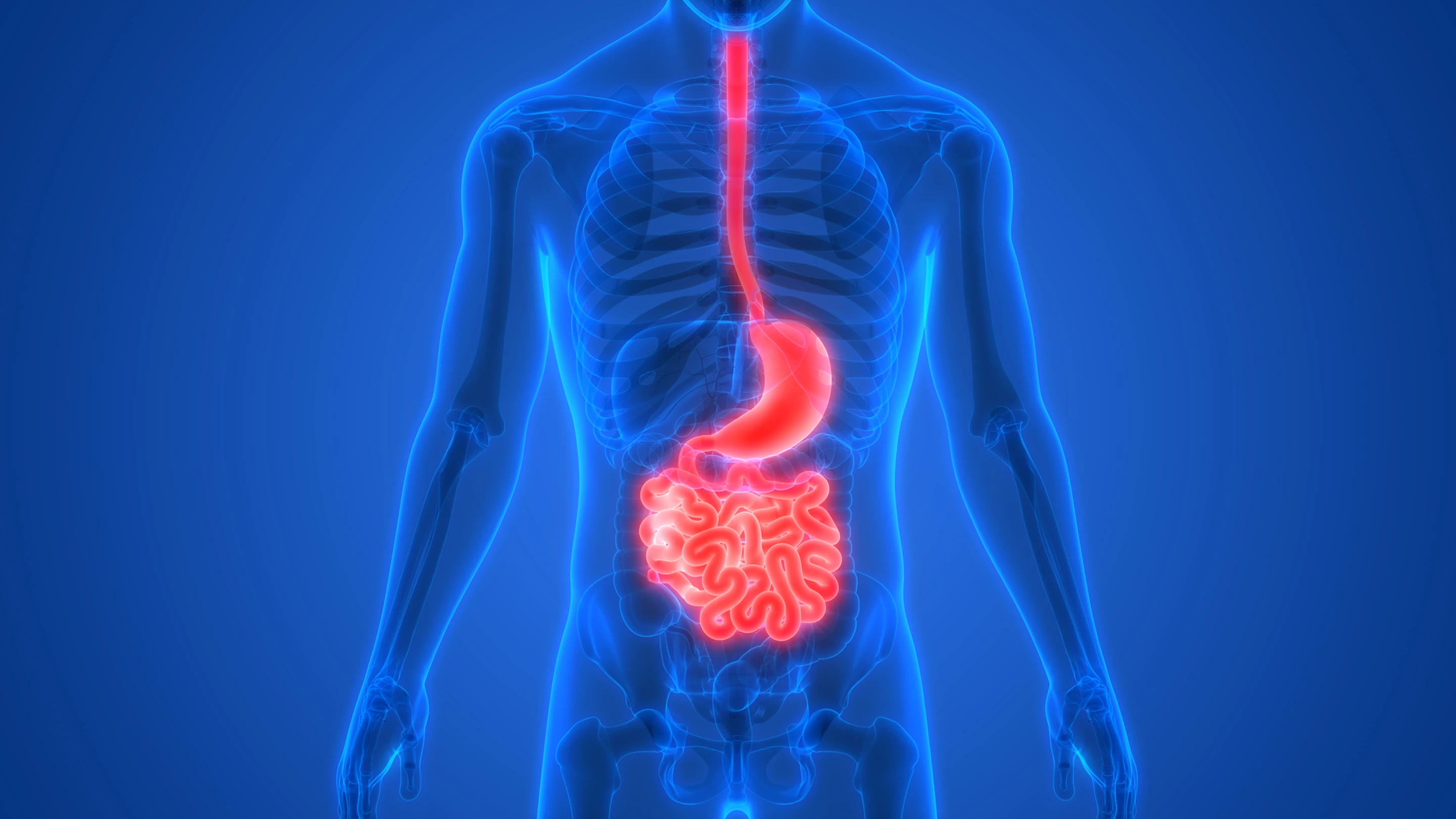Esophageal cancer is a difficult one to detect during its early stages, with most diagnosed only once the disease is well advanced, making it a difficult one to treat. A new type of breath test developed by scientists in the Netherlands could offer a cheap and non-invasive way to screen populations for susceptibility to the disease, demonstrating an ability to detect one of its known precursors with great accuracy in early proof-of-principle trials.
More than 18,000 are diagnosed with esophageal cancer in the US each year, according to the American Cancer Society, with more than 16,000 expected to die from the disease in 2020. While those with esophageal cancer can experience symptoms such as difficulty swallowing, indigestion or a loss of appetite, these generally don’t appear during until it is well advanced.
So, scientists are on the hunt for new ways to pick it up in its earlier stages, and one place they are looking is a pre-cancerous condition known as Barrett’s esophagus. This is characterized by the appearance of abnormal cells on the lining of the food pipe, which replace healthy cells and can develop into cancerous ones. People with Barrett’s esophagus are at “much higher risk” of developing a type of esophageal cancer called adenocarcinoma, according to the American Cancer Society.
To diagnose Barrett’s esophagus, doctors physicians rely on endoscopies, where a long tube with a camera attached is used as a means of examination. But scientists at Radboud University have their eye on a less invasive, less expensive method, involving what are known as volatile organic compounds, or VOCs.
VOCs are gassy compounds that can enter the air from a variety of sources, with researchers developing technologies that use them to reveal spoiled chicken and dangerous gases, or even understand how rhinos communicate through their excrement. Cancer diagnosis and treatment is another promising application when it comes to VOCs, with a number of tests under development that can analyze those present in the breath to reveal various cancer types.
Measuring these biomarkers in the breath is opening up possibilities when it comes to ovarian cancers, prostate cancers, and cancers of the stomach and esophagus. One particularly promising study from last year demonstrated how one of these so-called “electronic noses” could be used to predict which lung cancer patients would respond positively to immunotherapy treatments.
To investigate how VOCs could serve as biomarkers for Barrett’s esophagus, the Radboud scientists enlisted 402 adults and had them breathe into a highly sensitive electronic nose, which was capable of detecting subtle differences in VOC patterns. 129 of subjects had Barrett’s esophagus, while around a third had acid reflux disease and a third had a normal esophagus.
The device proved capable of identifying patients with Barrett’s esophagus with 91 percent accuracy and those without it with an accuracy of 74 percent. While the team is planning larger studies to verify these promising results, they say the technology may come to offer a cost-effective and non-invasive way to identify individuals that are vulnerable to esophageal cancer.
“This technique may enable an efficient, well-tolerated, and sensitive and specific screening method to select high-risk individuals to undergo upper endoscopy,” the team writes.
The research was published in the journal Gut.
Source: BMJ




